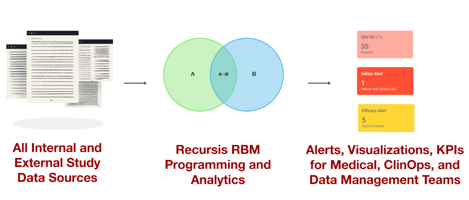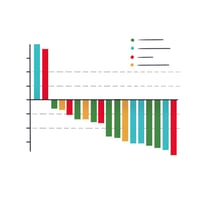The traditional approach to enrollment monitoring (discovering problems during quarterly reviews)...
The PDF Problem - How Manual Processes Are Destroying Trial Integrity
In 2025, it's shocking how many clinical trials still rely on PDF-based enrollment documentation. This seemingly innocuous administrative choice creates a cascade of problems that can undermine entire studies.
The Scenario I See Repeatedly
Here's how it typically unfolds: Enrollment packets arrive as PDF documents, requiring manual transcription by data entry teams. This process introduces errors, creates delays, and ultimately compromises the quality of patient profiles that form the foundation of trial analyses.
Transcription errors in enrollment data lead to poor patient stratification, reduced statistical power for subgroup analyses, compromised regulatory submissions, and additional timeline delays.
Why This Problem Persists
Several factors contribute to the persistence of PDF-based workflows:
- Legacy systems that haven't evolved with available technology
- Resistance to change in established clinical operations
- Underestimation of the true costs associated with manual processes
- Lack of integration between enrollment systems and analysis platforms
The True Cost of Manual Processing
The impact extends far beyond simple transcription errors. Manual PDF processing creates:
- Data quality issues that compound throughout the trial lifecycle
- Delays in patient stratification and cohort optimization
- Increased burden on data management teams
- Challenges in real-time enrollment monitoring
- Complications during regulatory submissions
Moving Beyond PDF Workflows
Organizations that transition to electronic enrollment systems with automated validation tools see immediate improvements in data quality and processing efficiency. The technology exists today to eliminate these manual processes—what's often missing is the organizational commitment to implement change.
Based on my consulting experience, teams that continue using PDF workflows are creating unnecessary risks for their trials. In an environment where trial success often hinges on precise patient selection and data quality, these manual processes represent a liability that organizations can no longer afford.


